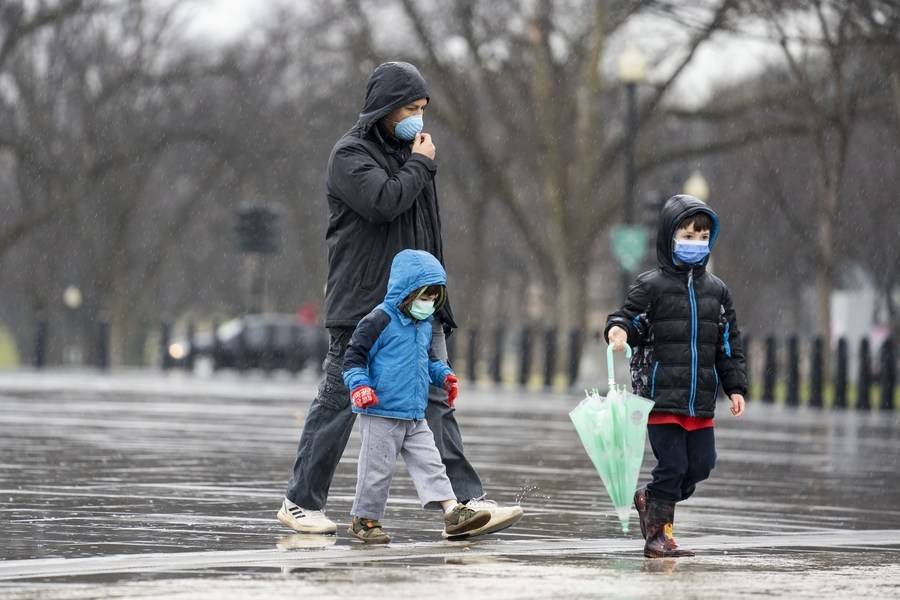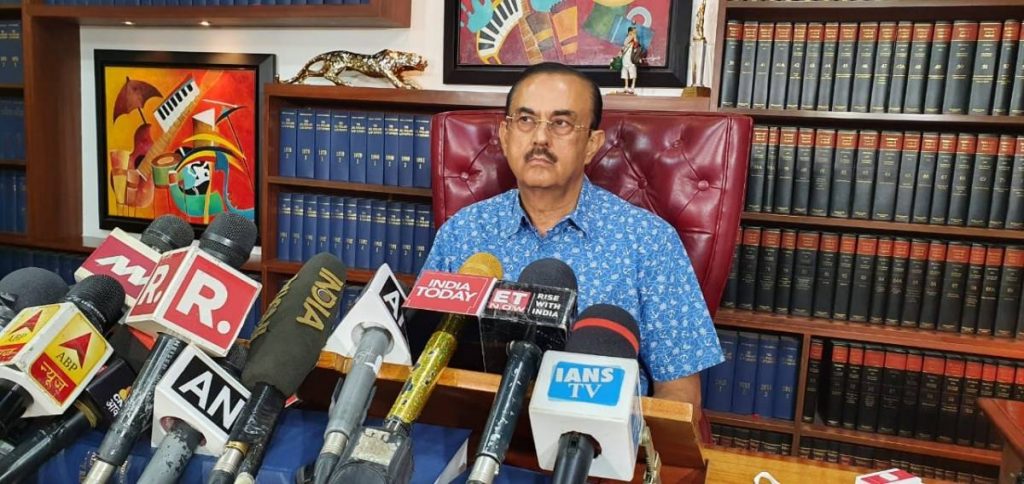Our life, our existence, and our careers are like enriched uranium. The tragedy, however, is that when we reach our half-life state, most of us do not notice the fact. Other people come to learn of it before we do …. Writes, Niranjan Gidwani, Director and Former CEO of Eros Group Dubai
Life, careers, the genuine way to live an ethically balanced existence, and the radioactive nature of nuclear fuel – all have very interesting similarities.

Consider the very nature of nuclear fuel. Its value is at its peak when in an enriched state. Then it goes into a state called ‘half-life’ and begins to lose energy. After attaining this state, the decay of the nuclear fuel becomes exponential. Thus, at its half-life, much of its utility is over and it becomes what is known as ‘spent fuel’. At that state, it is an environmental liability.
Our life, our existence, and our careers are like enriched uranium. The tragedy, however, is that when we reach our half-life state, most of us do not notice the fact. Other people come to learn of it before we do.
The interesting aspect of all this is that the time to reach half-life in many areas of our life, including our careers, is shrinking. There was a time when many of us reached their half-life only in their mid-forties. That has been reduced by at least 5-7 years if we look at any area of our existence today.
The problem is that, by the time we reach the half-life state, it is too late to re-enrich our radioactive state. The process of re-energizing must happen much before a person hits the peak.
If you prefix ‘new’ to any randomly picked word, the result will be a term that stands for a more progressed state. New manager. New friend. New movie. New learning. New skill. New city. New physical and mental health. New hobby. New car. New sport. Renewed ethics. We could go on and on.
Before we consider how best to do that, let us first ask ourselves: what is the telltale sign that one is closing in on one’s half-life? The answer is inherent in the ability to answer another question: “What is new and different about myself that I can think of in the last six months that went by?”

Now take the word ‘new’, and look at every other single word in the dictionary. If you prefix ‘new’ to any randomly picked word, the result will be a term that stands for a more progressed state. New manager. New friend. New movie. New learning. New skill. New city. New physical and mental health. New hobby. New car. New sport. Renewed ethics. We could go on and on. If we step back and periodically ask ourselves what was new in the last six months, a few of these ‘new things’ should jump out of the mind to indicate that we are still in a state of enrichment.
The Covid and post-covid environment has shown us how millions of lives can turn upside down in a matter of days. How many of us have used this phase to make a conscious effort to de-clutter our thinking. How many of us have re-aligned ourselves towards more meaningful causes.
How often, and for how long in our individual lives will we do things contrary to the simple truths.
Coming back to the ability to answer the ‘what is new and different in the last half year?’ question, one has to go a step further. Our radioactive state is of no value unless it converts itself to usable energy. By the laws of nature, usability always takes place outside the element that contains energy. In other words, we must create meaningful value for someone else.
Almost everyone, at a subconscious level, lives and exists with the belief that whatever new needs to be done, has to be done necessarily with our physical looks, our career re-skilling, material comforts, and generating returns on our financial and material assets. Not realizing that, the only asset that we truly possess to look after all our assets is our own existence. At a deeper level.

There is usually a gap between knowing and doing; let’s call it the ‘know-do’ gap. As the world around us is becoming more complex and demanding, the know-do latency is shrinking. As humans we need to be cognizant of this and make sure our radioactivity is never past its half-life. The danger is, when it does get past, we may sadly be the last to know.
Age, as they say, is only a number in the mind. Regardless of our age, at a more holistic level of existence, how many of us have become “spent fuel”, and therefore, an environmental liability?
READ MORE: Arab Intl. Women’s Forum @20
READ MORE: Malala joins multi year show with Apple























